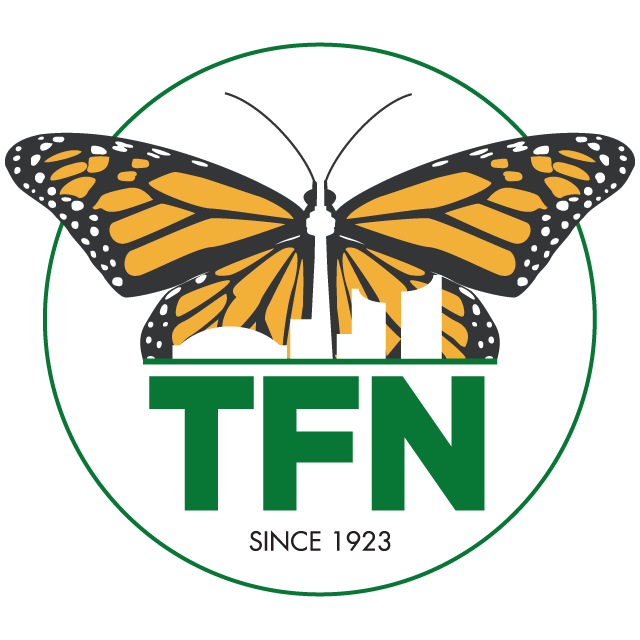by Jason Ramsay-Brown
As the frigid air of winter blows across the city the inspiration to venture out in to nature is diminished for many of us. Naked trees, hibernating creatures, frozen water – there’s a stillness out there, beautiful in its own right, but which softens the siren call of our ravines, valleys, parks, and forests. For this reason, it seemed like the right time to feature Geocaching in The Connected Naturalist.
Geocaching is billed as “the world’s largest treasure hunt”. World-wide, players have hidden millions of “caches,” containers of every shape and size that contain a log book of some sort and often a small assortment of trinkets and tokens. By using the geocaching app on their phone (or even just a GPS device) players are able to locate these hidden treasures. When they find one they record their name and comments in the cache’s log book and/or on geocaching.com, and can trade a trinket for something they may have brought along themselves.
With thousands of caches hidden in Toronto alone, chances are you’ve already wandered by scores of them without even knowing. They can be found tucked between rocks, hung from the boughs of evergreens, magnetically attached to crash barriers, or squirreled away just about any other place imaginable, hidden carefully enough to avoid casual detection by “muggles” (non-geocachers) but not so hard as to be impossible for those in-the-know to find them.
For most geocachers, the allure in the game is the simple joy of the hunt. Naturalists, however, may find a few extra thrills. In December, I visited a cache hidden along the Lower Don Recreational Trail which afforded a great view of a very recently built beaver dam. The cache log mentions that a pair of beavers were spotted in the area back in July, stitching up a bit of local natural history I doubt I would have learned any other way. Stories like this are not at all uncommon among geocachers and part of the game’s appeal, at least for folks like me.
The geocaching community takes protection of our natural environment pretty seriously. Official hiding guidelines specify that caches cannot be placed “in a location that requires or encourages geocachers to harm plant or animal life” and also requires that specific caches must be removed from play “for portions of the year due to sensitivity of some species”. All caches must be maintained by the player that placed them – they can’t just be stashed and abandoned. Geocachers are also encouraged to remove any litter they find while playing, a practice dubbed “cache in, trash out” (CITO).
I’ve been playing the game for almost 20 years now and it’s yet to lose its appeal. I’ve also discovered it to be a great way of getting some of those folks who “dislike the outdoors” to venture out of their comfort zones and in to nature. Kids especially find the geocaching experience engaging, making it a wonderful tool for encouraging exploration and drumming up those teaching opportunities that help them come to better understand our natural world.
The geocaching app is available for Android & iPhone. However, the game may actually be played with any GPS-capable device just by using geocaching.com to gather the co-ordinates of potential caches before you venture outside to hunt.

